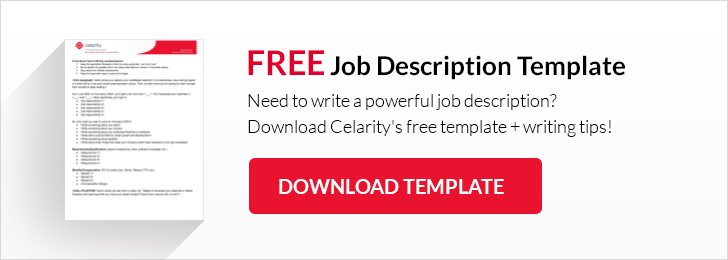There’s a lot of confusion around the term “User Experience” or “UX.” What is wireframing, prototyping, and testing and what sorts of tools do UX designers use? What does the UX process look like? If you find the acronyms and role responsibilities confusing, you’re not alone.
So, we sat down with a Sr. UX Designer, Michelle Hagen (UX work experience at organizations such as MentorMate, When I Work, Code42, and Bleachr LLC), to help us sort through these questions and give clarity to the role of a UX Designer. In this post, we’ll discuss a few basic concepts and ideas associated with User Experience.
The Purpose of UX
It’s simple: the goal of UX is to solve a user’s problem and create the smoothest path to completion.
Terms Associated with UX
Wireframing: “a way to design a website service at the structural level…is commonly used to lay out content and functionality on a page which takes into account user needs and user journeys.”
- Common wireframing tools: Sketch, Illustrator, Axure, Balsamiq, UXPin, Photoshop CC, Visio, InDesign CC
- Wireframing and fidelity (fidelity refers to the detail of the design):
- Low-Fidelity (lo-fi): A “blueprint” or “the unfinished presentation of your ideas.”
- High-Fidelity (hi-fi): Highly detailed and intended to aid in representing the final product.
- Why wireframing is important: The wireframe structure should be well-studied so that the overall blueprint is strong, resistant, easily navigable, and laid out in a way that the user can reach their desired goal. Without a strong structure, the overall design of a product or site can become easily corrupted, leading to an unfriendly user experience.
Prototyping: “simulation of the final product…the main purpose of building prototypes is to test whether or not the flow of the product is smooth and consistent.”
- Tools typically used in prototyping: Invision, Marvel, Axure, Proto.io, Balsamiq
- Why prototyping is important: Development is expensive! So, validating UX design assumptions can help save time and money.
Usability Testing: “running a design past one or more people to see if it works, if it is understandable, easy to interact with and navigate, and easy to find information on.”
- Tools for usability testing: Usability Hub, Lookback, Optimizely, Hotjar
- Why testing is important: The goal of user testing is to understand what users really want so that the end product achieves high user satisfaction. Creating products/sites that customers like to interact with will also help keep you in ahead of your competitors.
The True UX Designer’s Process
- Defining the problem
- “Who, What, Why, How”
- Research
- Observation
- Understanding
- Analysis
- Experimentation/Testing
- Wireframing
- Prototyping
- Usability Testing
- Working closely with User Interface (UI) designers and developers
- Working with a project from end-to-end
- Ensuring the integrity of the project
There are many more tools and terms that can be associated with user experience because UX responsibilities can vary from company to company depending on organizational needs and defined roles. This post is meant to give you a basic idea of concepts you should expect to see when hiring a UX position.
If you’re thinking about hiring a UX designer, there are a few important things you should know about UX designer backgrounds. To learn more and further define this role, watch for our follow-up post, The UX Designer – What Kind Do You Need?
Visit The Ultimate Guide to Hiring Digital Talent page for more digital job descriptions!


